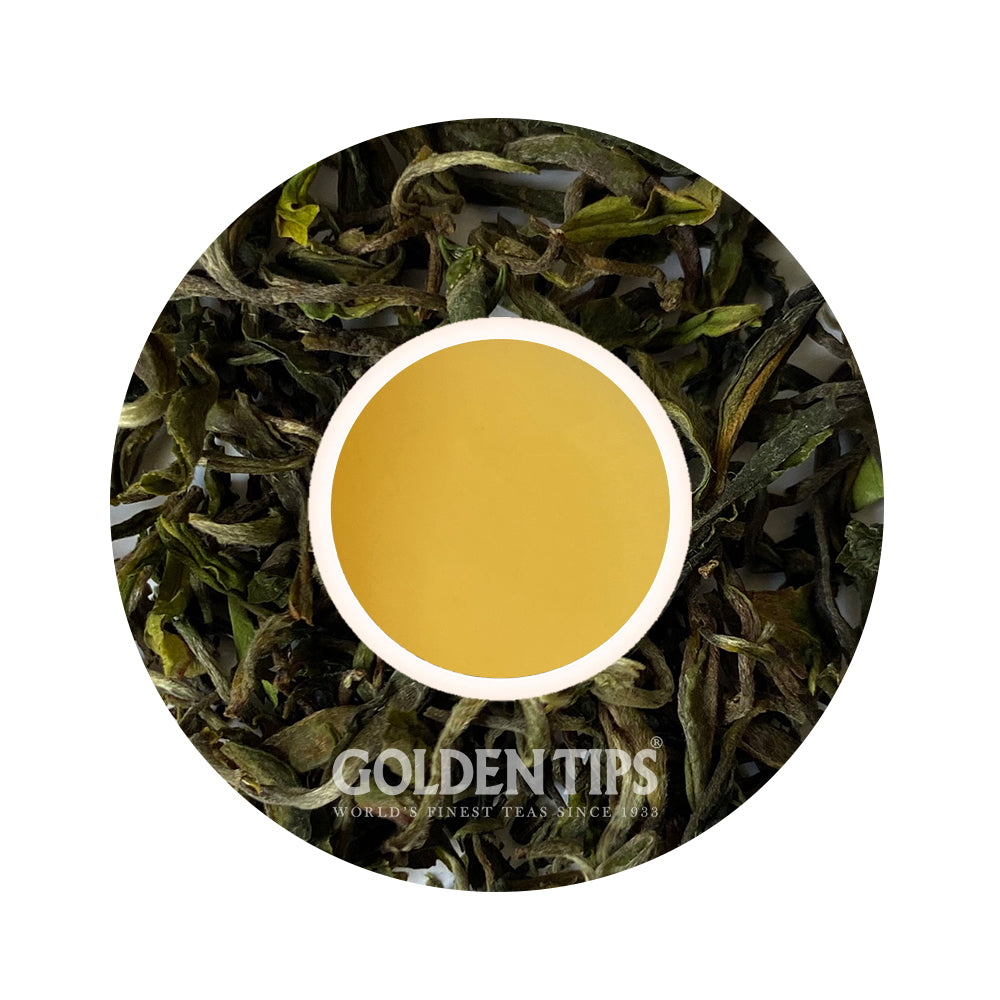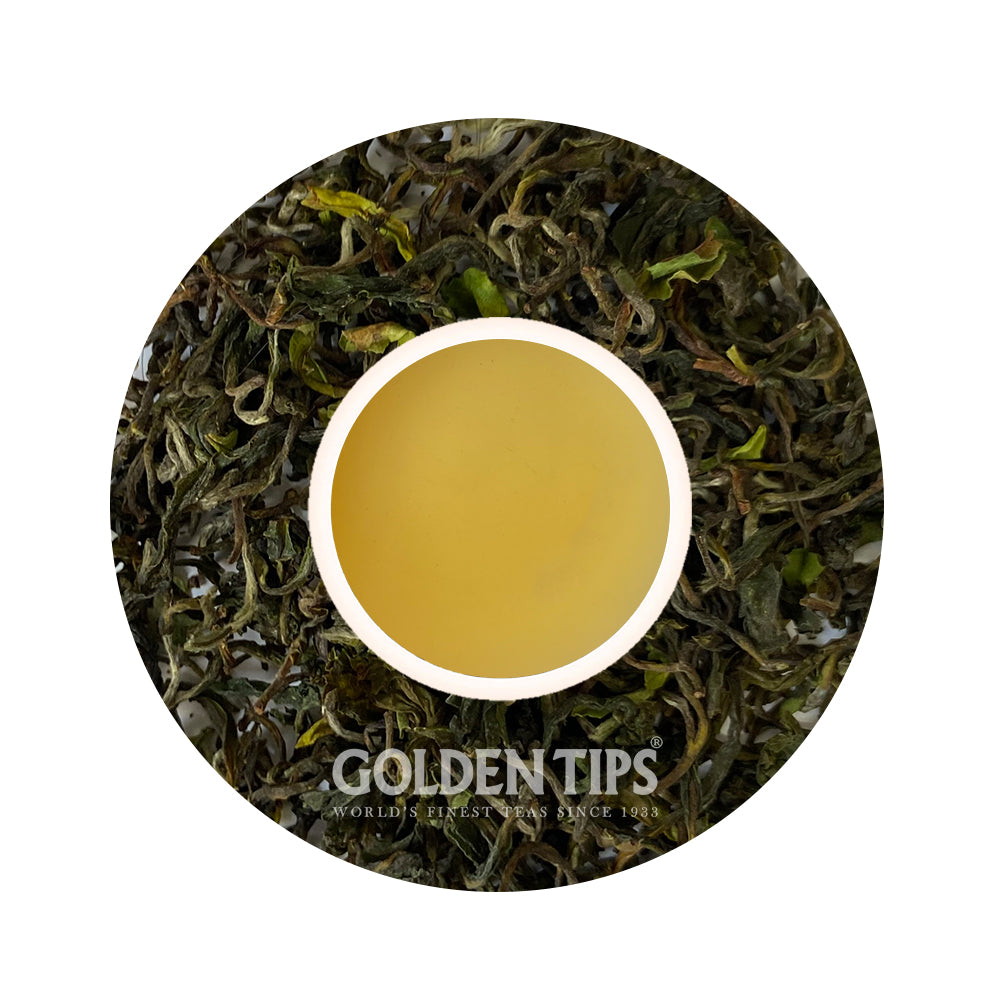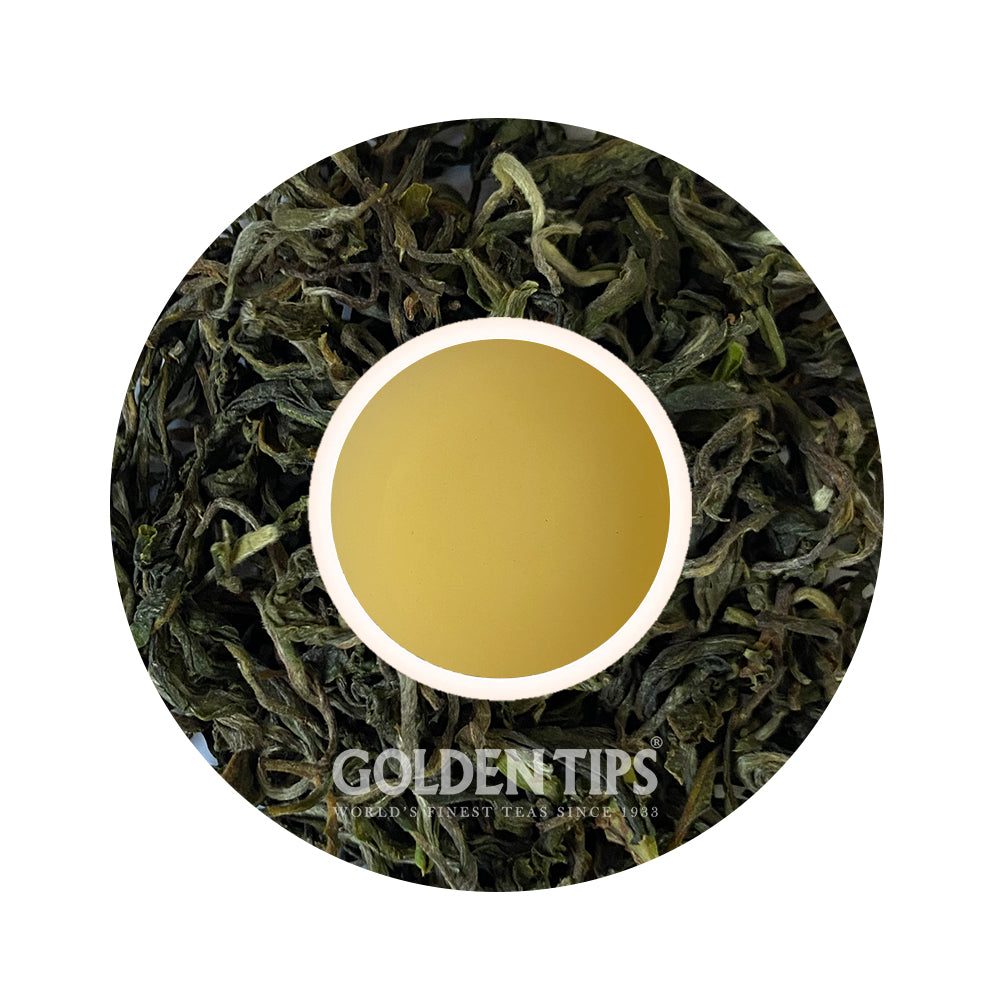
All You Need to Know About Darjeeling First Flush Tea
The spring season brings with it new colours and warmth. It’s also the time of year where an incredibly valuable variety of tea is harvested in regions of India – the Darjeeling First Flush. Grown in the mountainous region of West Bengal, the Darjeeling First Flush tea is prized for its delicate, floral, and astringent flavours, in addition to the distinct light golden colour that characterizes it.
First Flush Harvest.
Darjeeling First Flush tea leaves are harvested between early-March till April. However, they may be harvested as early as mid-February in some low lying tea estates in small lots at the beginning of the spring season. The term “first flush” refers to the fact that the leaves were picked during the first tea harvest of the season.
These young small-sized leaves provide the tea with the unique flavour and aromatic qualities it is known for around the world.
Darjeeling First Flush leaves are generally younger and undergo less processing and oxidation than other varieties of black tea. It gives processed First Flush leaves a greener appearance than their counterparts.
Later tea flushes such as; the Second Flush teas are harvested from May to June, or the Monsoon Flush teas are harvested from June to October are characterized by stronger and bolder flavours. However, these flavours are noticeably less complex than that of the First Flush. They also experience more intense oxidation during their processing, resulting in a darker tea.
Spring Moonshine Darjeeling Black Tea First Flush 2024
Fresh new season, 2024 - most early Spring Tea from the picturesque snow peaks-facing Glenburn estate in Darjeeling. This is a special chinary varietal that has a prominent & lingering flavour, yet it has a marked softness and a unique and pleasant aftertaste. A treat for the connoisseur's palette.
What Makes Darjeeling Unique?
Darjeeling tea is a distinct tea species that isn’t actually indigenous to India. It’s a Chinese variety of tea known as Camellia Sinensis that was planted by the British Government in the 1850s. However, the tea species were able to adapt to the high altitude misty conditions of the Darjeeling region and grew incredibly well.
This unique setting imparted characteristics to the tea that made it distinct from other Indian or Chinese teas. It is neither an oolong tea nor a black tea, but still possesses certain characteristics of each one.
Darjeeling First Flush is generally brewed at a lower temperature than other black teas due to the fresh and relatively unprocessed nature of its green leaves. The tea’s complex yet delicate flavour should be enjoyed on its own to enjoy the freshness of the leaves in its entirety. However, you can add milk and sugar, although at the cost of significantly masking or altering its distinct flavour.
Spring Stunner Organic Darjeeling Black Tea First Flush 2024
New season 2024 early First Flush Organic Darjeeling Tea from the Puttabong estate. The mildly floral & vegetal flavour combined with hints of nuts, gives forth a wholesome and defining taste to relish this tea that comes from leaves which have flushed after the long winter hibernation of bushes.
The Darjeeling Logo
The valuable nature of this tea makes it a prime target for counterfeit tea producers who often attempt to sell their cheaper lower-quality imitations as actual Darjeeling First Flush. The issue became so prevalent that the Tea Board of India made it compulsory for producers and sellers to obtain a license prior to engaging in the sale and distribution of Darjeeling teas.
The Darjeeling logo was also created in 1986 to ensure any producers or distributors of tea that used the Darjeeling label were meeting strict quality guidelines to preserve the high quality that Darjeeling tea is known for.
The Darjeeling region where the tea is grown is almost as exciting to learn about as the tea itself.
Darjeeling and Its Tea
It’s impossible to talk about Darjeeling First Flush tea without mentioning the West Bengal region of Darjeeling where it’s grown. Darjeeling First Flush derives its unique natural flavours from the extraordinary location where it’s grown.
The landscape of the Darjeeling region is characterized by misty rolling hills and massive pine trees that provide a unique view for visitors seeing the region for the first time. The tea estates and gardens where Darjeeling is grown are located at elevations between 2000ft and 5000ft. Its hilly slopes are lined with fertile soils that are fed by an ample 3100mm of rainfall annually.
This setting makes for the brief conditions during early spring where Darjeeling First Flush is harvested. The short length of the harvesting season for Darjeeling First Flush makes it highly sought after by tea connoisseurs. This high demand coupled with the limited supply makes it more expensive than other varieties of tea. It can often be found for sale at auctions due to the limited quantity available.
Moonshine Majesty Darjeeling Black Tea First Flush 2024
Fresh new season, 2024 - most early Spring Tea from the picturesque snow peaks-facing Glenburn estate in Darjeeling. Soft, mildly sweet, mellowed, floral and subtly flavourful - these are some of the attributes that make this a most enjoyable cup to brew and relish.
Darjeeling Tea Estates
There are a total of 87 tea estates in the Darjeeling region that have been licensed to produce Darjeeling tea by the Tea Board of India. These tea estates cover an area of 17,500 hectares and produce 10,000 tons of tea per year. However, it is estimated that around 40,000 tons of “Darjeeling” tea are sold every year, implying that the issue of counterfeit tea being sold as authentic Darjeeling remains widespread.
The first Darjeeling teas were grown in 1850 by the British Government, and while ownership of the tea estates may have changed hands since then, the techniques for growing and harvesting Darjeeling have remained largely unchanged.
Preserving Traditions
Darjeeling tea leaves are still picked by hand to preserve the integrity of the tea bushes to harvest later flushes and to also provide employment to the many locals who have lived in the region for generations.
The tea industry in Darjeeling employs approximately half the locals living in the region either directly or indirectly. Since tea harvesting began in Darjeeling, the region has expanded from a small property to a bustling tourist town that boasts other attractions such as the famous Darjeeling Himalayan Railway, which has been designated as a UNESCO World Heritage Site, and Tiger Hill.
Spring Ardour Organic Darjeeling Black Tea First Tea 2023
The first plucking from the Organic Selim Hill Estate in Darjeeling. The tender and early flushed leaves have been lightly processed to bring forth the delectable aroma of spring, brewing into a cuppa that is not just mellowed & sweet but also pleasantly floral. Most ideal to infuse and drink on a cool day and best to have by itself and without accompaniments.
With the beginning of First Flush season, the current months are a great time to visit the Darjeeling region and view the first flush harvesting up close and learn what makes Darjeeling First Flush the Champagne of Teas.
Suggested Readings:
- HOW TO BUY AUTHENTIC HIGH-QUALITY DARJEELING TEA
- WHY GOLDEN TIPS DARJEELING TEA IS BEST
- 7 HEALTH BENEFITS OF DARJEELING TEA
- WHY SHOULDN’T DARJEELING BE EVERYONE’S CUP OF TEA?
- HOW TO MAKE THE PERFECT CUP OF DARJEELING TEA
- DISCOVER YOURSELF WITH DARJEELING TEA
- BEST DARJEELING TEAS WITH MILK
- Why Darjeeling Tea Is Called the Champagne of Teas































